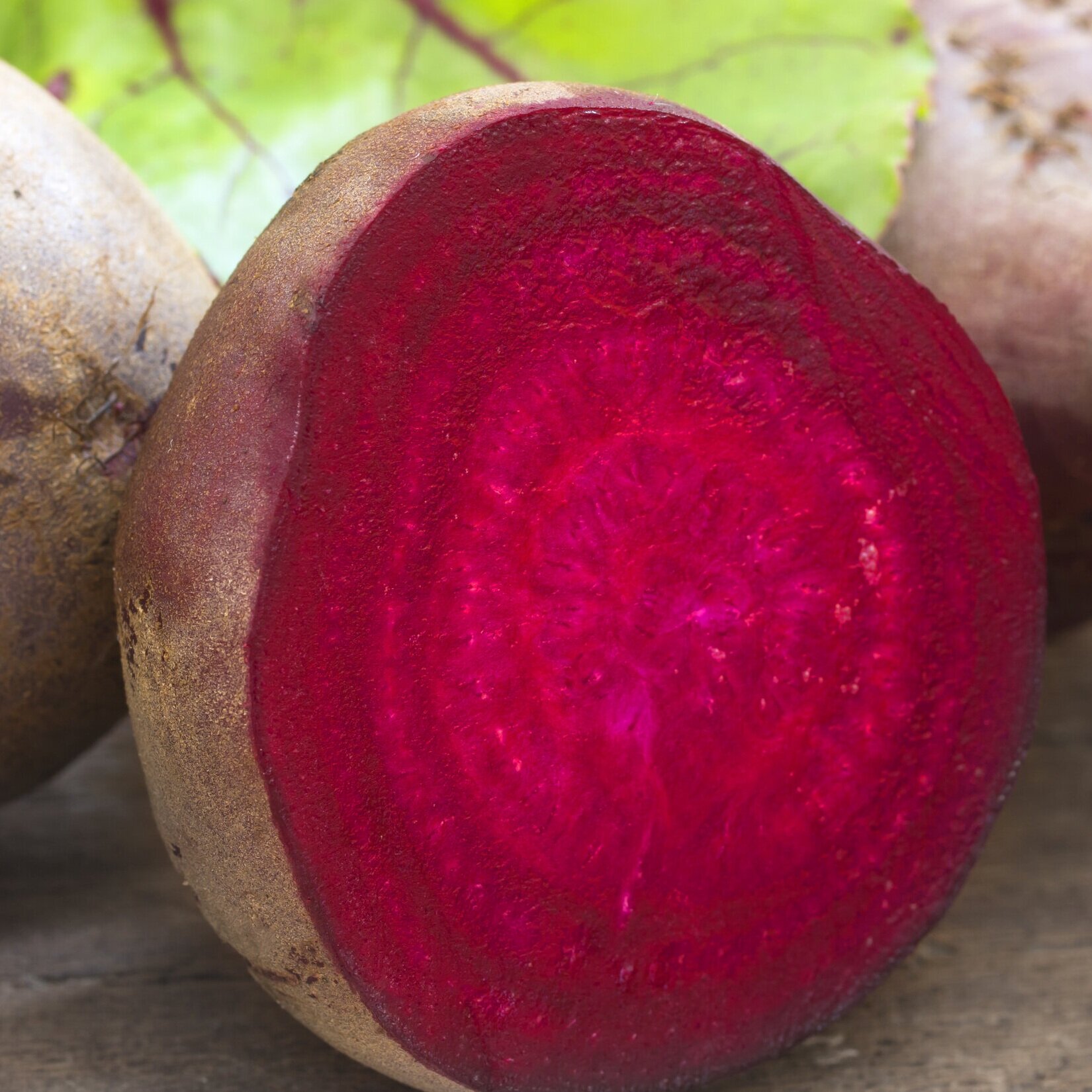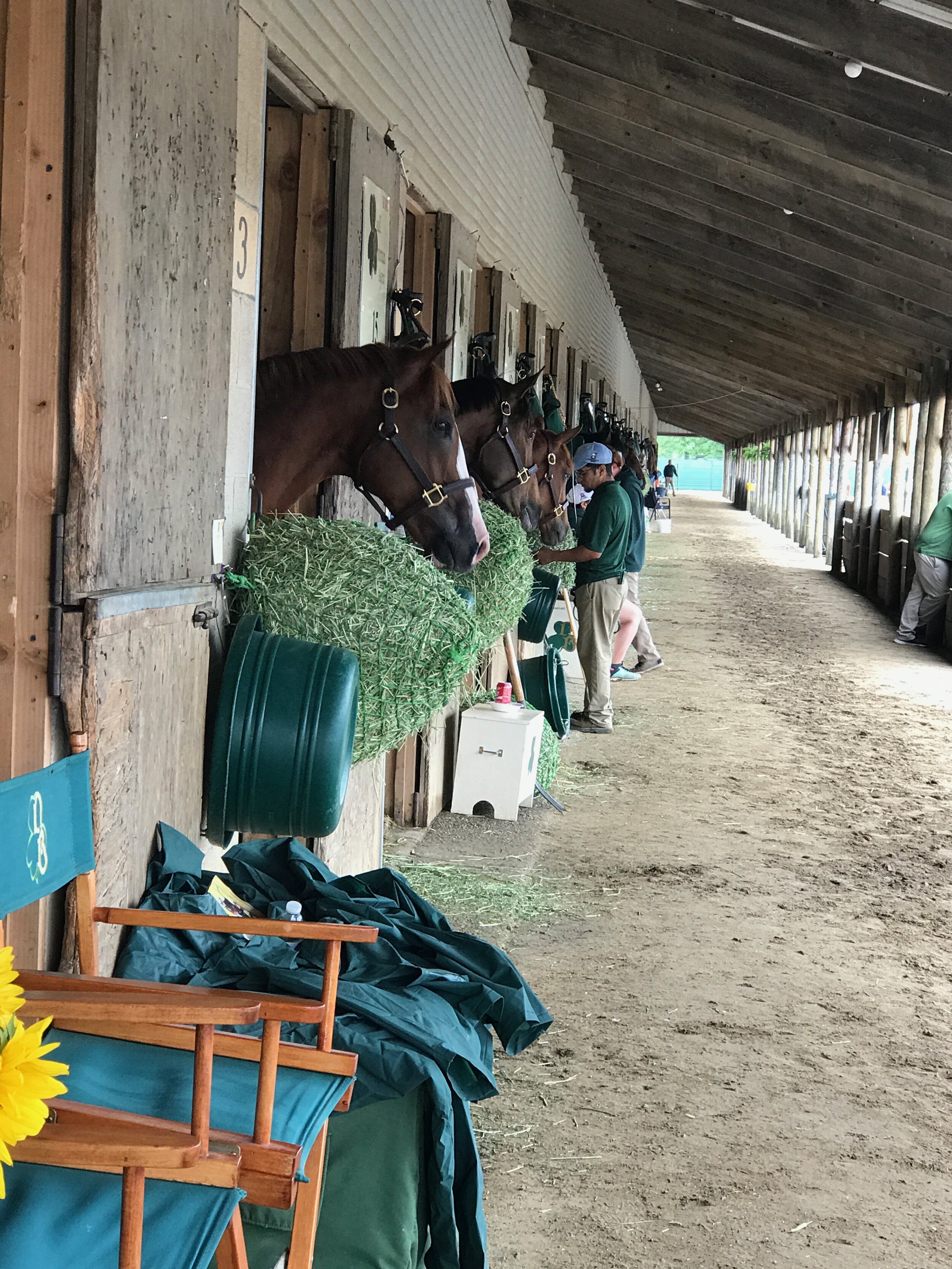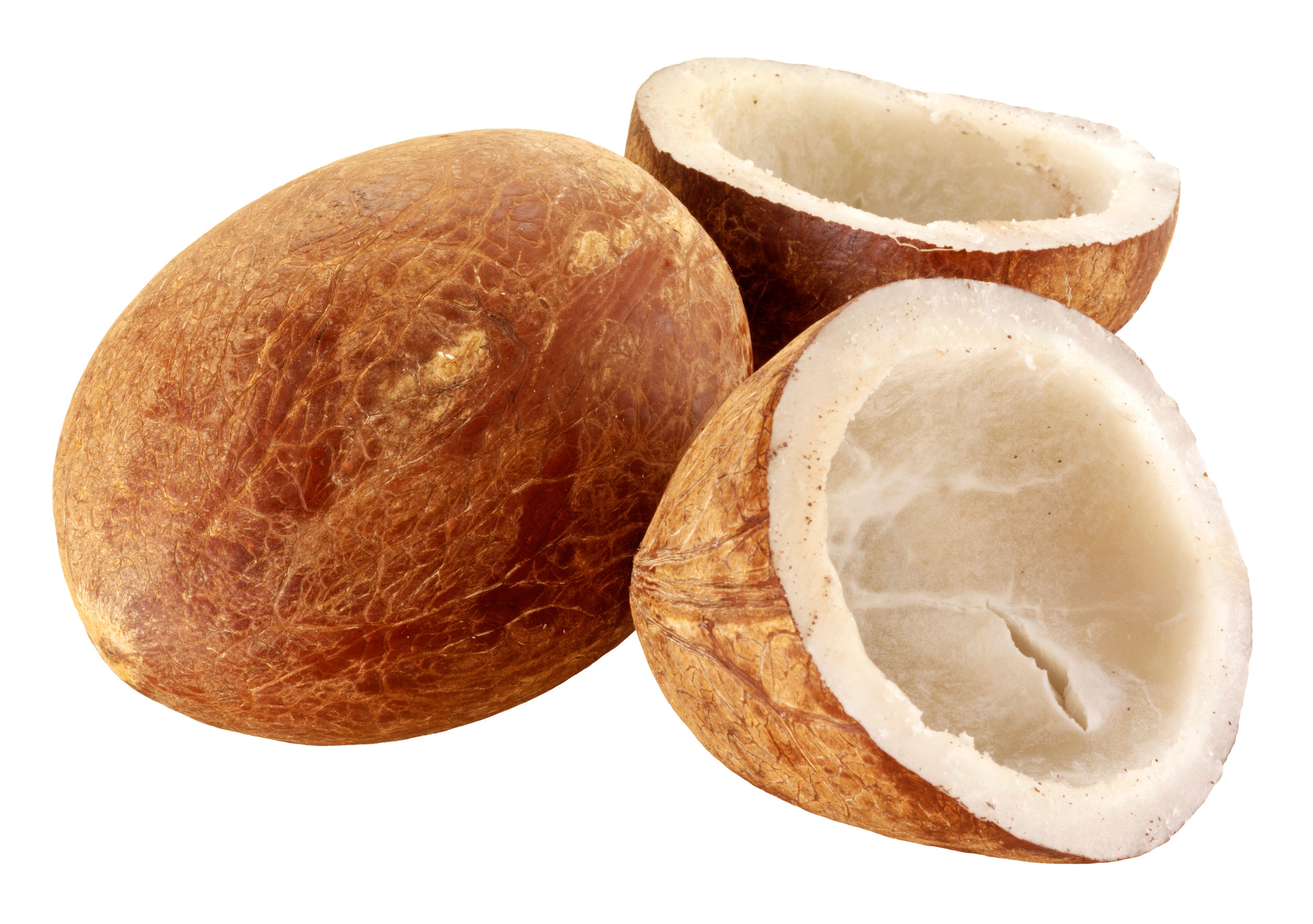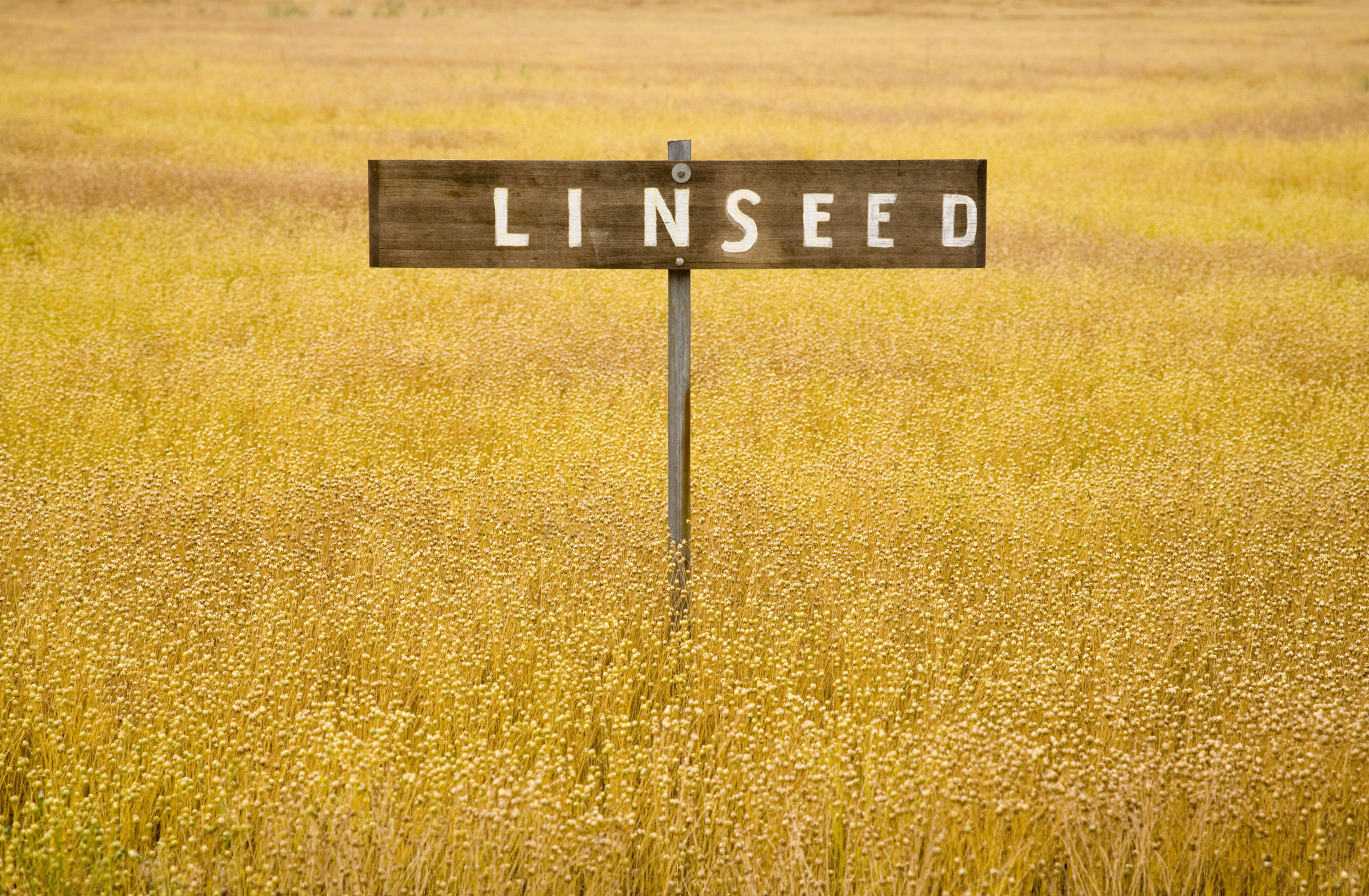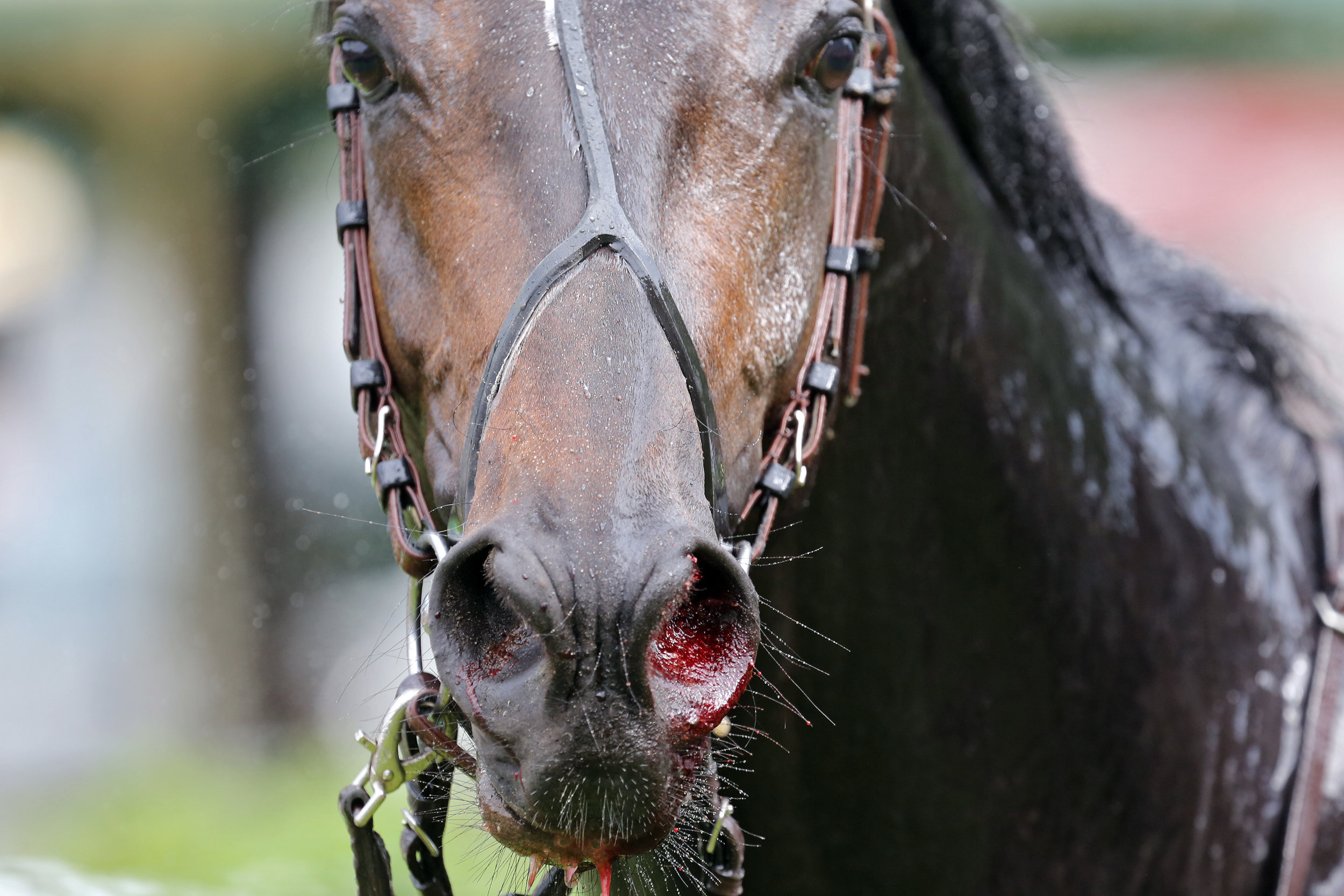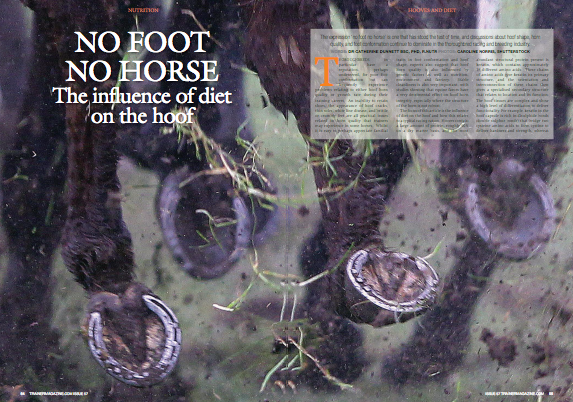Encouraging and maintaining appetite
/By Catherine Rudenko
Encouraging and maintaining appetite throughout a season can become a serious challenge. The best planned feeding program in the world is of no use if the horse simply does not eat as required to sustain performance. There are multiple factors that can lead to poor appetite for horses in training—some relating to health, some relating to physical properties of the feed or forage, along with behavioural considerations.
What is a normal appetite?
Before we can fairly state a particular horse has a poor appetite, we must firstly have an idea of what a normal appetite range is. The horse has a given capacity within its digestive tract and an appetite appropriate to this. Horses will typically consume 2-3% of their body weight each day on a dry matter basis—in other words not accounting for fluid intake or any moisture found in the forages. This equates to 10-15kg (or 22-33lbs) per day for a 500kg-weight racehorse. As fitness increases, it is normal for appetite to reduce, and most horses will eat closer to 2% of their body weight.
The energy requirement of a horse in training is such that we are dependent on a large amount of grain-based ‘hard feeds,’ which for the majority form 7-9kg of the diet each day. With a potential appetite of 10-15kg we are, for some individuals, running close to their likely appetite limit.
The most immediate effect of a reduction in appetite is the reduction in energy intake. Horses require a large amount of calories, typically 26,000 to 34,000 cal per day when in full training. Comparatively, an average active human will require only 3,000 cal per day. Just one bowl of a racing feed can contain 4,500 cal, and so feed leavers that regularly leave a half or quarter of a bowl at each meal time really can be missing out. Forage is equally a source of calories, and a reduction of intake also affects total calorie intake.
Physical form of feed and forage
The physical form of the bucket feed can affect feed intake due to simple time constraints. Morning and lunch time feeds are more common times at which to find feed left behind. Different feed materials have different rates of intake—due to the amount of chewing required—when fed at the same weight. To give an example, 1kg of oats will take 850 chews and only 10 minutes to consume in comparison with 1kg of forage taking up to 4,500 chews and 40 minutes to consume.
Meals that require a high amount of chewing—whilst beneficial from the point of view of saliva production (the stomach’s natural acid buffer)—can result in feed ‘refusal’ as there is simply too much time required. Cubes are often eaten more easily as they are dense, providing less volume than a lighter, ‘fluffier’ coarse mix ration. Inclusion of chaff in the meal also slows intake, which can be beneficial, but not for all horses. Any horse noted as a regular feed leaver ideally needs smaller meals with less chewing time. Keeping feed and forage separate can make a significant difference.
The choice of forage is important for appetite. Haylage is more readily consumed, and horses will voluntarily eat a greater amount. The study below compares multiple forage sources for stabled horses.
Another factor relating to forages is the level of NDF present. NDF (neutral detergent fibre) is a lab measure for forage cell wall content—looking at the level of lignin, cellulose and hemi-cellulose. As a grass matures, the level of NDF changes. The amount a horse will voluntarily consume is directly related to the amount of NDF present.
Analysing forage for NDF, along with ADF, the measure relating to digestibility of the plant, is an important practice that can help identify if the forage is likely to be well received. Alfalfa is normally lower in NDF and can form a large part of the daily forage provision for any horse with a limited appetite. As alfalfa is higher in protein—should it become a dominant form of daily fibre—then a lower protein racing feed is advisable. Racing feeds now range from 10% up to 15% protein, and so finding a suitable balance is easily done.
B vitamins
B vitamins are normally present in good quantity in forages, and the horse itself is able to synthesise B vitamins in the hindgut. Between these sources a true deficiency rarely exists. Horses with poor appetite are often supplemented with B12 amongst other B vitamins. Vitamin B12 is a cofactor for two enzymes involved in synthesis of DNA and metabolism of carbohydrates and fats. Human studies where a B12 deficiency exists have shown an improvement in appetite when subjects were given a daily dose of B12 (3).
As racehorses are typically limited in terms of forage intake and their hindgut environment is frequently challenged, through nutritional and physiological stresses, it is reasonable to consider that the racehorse, whilst not deficient, may be running on a lower profile. Anecdotal evidence in horses suggests B12 supplementation positively affects appetite as seen in humans.
Another area of interest around B vitamin use is depression. Horses can suffer from depression and in much the same way as in the human form, this can affect appetite. French researchers investigated the behaviour of depressed horses, those determined as non-reactive or with low reaction to stimuli, against their response to sweetened and novel-flavoured foods. The depressed horses consumed significantly less than normal horses (4). There has been much interest in B vitamins for humans with depression as a low level of B vitamins is linked with depressive behaviour (5). Using a B vitamin supplement may also be beneficial to horses.
Digestive health
Gastric ulceration is commonly associated with changes in appetite (6). Picky eaters may be responding to the physical effect of feed digestion in the stomach. Racing feeds by design contain a significant amount of starch relative to forages, which horses are designed to consume. Starch fermentation in the stomach produces VFAs (volatile fatty acids), which can damage the stomach lining if the pH level of the upper stomach is lower than normal causing discomfort (7). The ability of the upper stomach to remain within normal parameters relates to forage intake. Normal range is pH 5-7, however with limited forage intake the pH can lower to 4. Once below this level, the squamous tissue may ulcerate for a variety of reasons including VFA production at the time of feeding (8).
The incidence level of ulceration in racehorses is high, with reports of 93% of horses having presence of ulcers (9). Not every individual shows the classical symptoms of ulcers but for any horses with poor appetite scoping for ulcers is recommended. The risk factor for development of ulcers is related to the amount of time spent in training, with every week spent increasing risk 1.7 fold (10). A horse with a change in appetite as the season progresses may not just be the result of increasing fitness but an indicator of an ulcer developing.
Feed flavouring
The use of flavouring in feed is another consideration for sparking appetite. Although traditionally mint is used as an addition to feed, more recent research into a broad range of flavours has revealed that horses find other flavours more appetising. In order of preference, horse selectively consumed a fenugreek-flavoured cereal by-product first followed by banana, cherry, rosemary, cumin and carrot before reaching peppermint. When added to mineral pellets, the most common item to be left at the bottom of a feed pot when using a coarse mix for racehorses, the inclusions of fenugreek and banana resulted in pellets being more readily consumed (11). Including a novel flavour may be enough to encourage interest in horses that are apparently off their feed for no reason.
Assessment and recommendations for horses with poor appetite
There are multiple factors that influence appetite, and improving appetite will normally require taking more than one approach to get the best result. …
BUY THIS ISSUE IN PRINT OR DOWNLOAD —
WHY NOT SUBSCRIBE?















